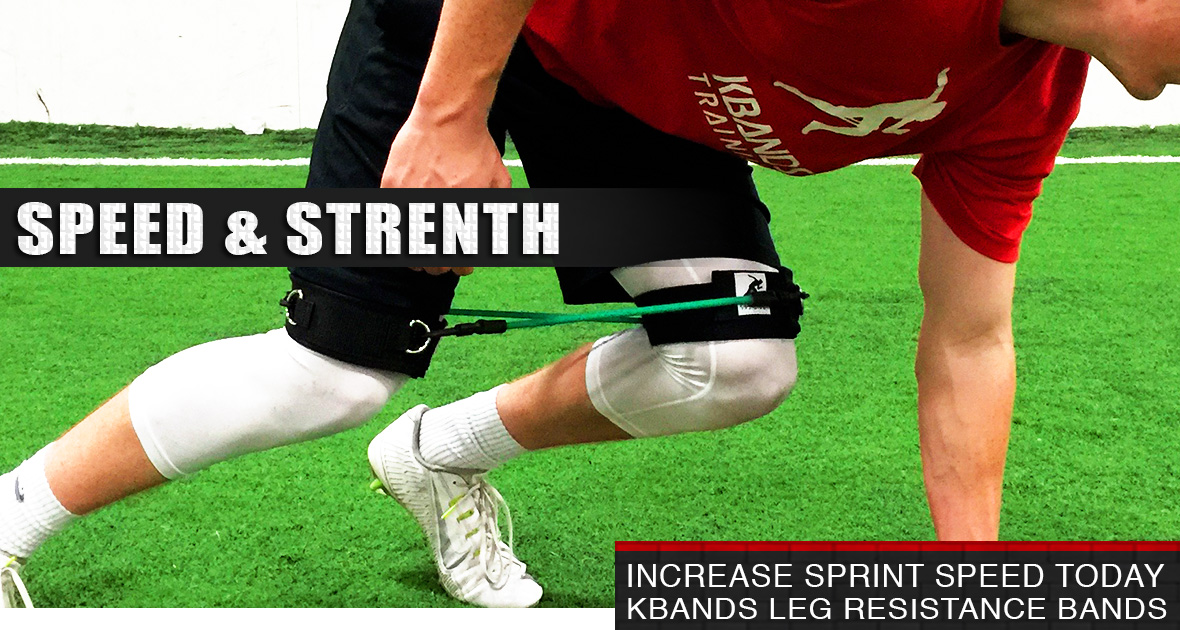How Often Should You Do Static Training Vs. Plyometric Speed Training
Understanding the best training methods to improve your athletic performance can be tricky. There're many different methods of training that athletes use to perform better. The tough part to understand is what truly works. Is it genetics? Is it a specific training modality that works? In this article we will discuss static training verse plyometric speed training. Quickly watch the video below to get a better understanding of each specific movement.
Static Training And Its Benefits
Static training is when an athlete will hold a power position to help increase blood flow and muscle strength in that area. Let's take the wall drill as an example. In the video you'll notice the athlete raises his leg very slowly. Slow contractions are great during static training. Next, the athlete will hold that upper knee level position for several seconds before lowering it. As you become more advanced you will be able to hold your leg up in that power position for a longer amount of time. Extending your static holds can be an efficient way to build endurance, but it is important that you maintain proper form. The power knee drive position off the wall must be completed with a flat back. If you're not strong enough to flex your glutes, extend the hip, and drive the knee up in a flat back position, then you must complete short reps first. As you become stronger you will then be able to hold that position for 20 to 30 seconds for a great static hold.
Static training will help increase blood flow and endurance to the area you are focusing on. This can be an efficient way to train fatigued muscles. If competition has left your body sore and beat down, static training can be a great way to help the body increase blood flow and heal. Static training, however, has not been an efficient method to increase speed. Often times, plyometric speed training is the answer.
Plyometrics Speed Training
The ladder training section of this video is a good example of a beginner level plyometric drill. More advanced plyometric drills would require exploding off the ground with jumps and powerful movements. The ladder drill however, is where you should begin with plyometric training. Using a marching movement with a powerful knee drive will help ease your body into the stresses of plyometric speed training. As you become more advanced take a look at our plyometric speed training drills here on the website. We have many different plyometric drills for all levels.
What Are The Benefits Of Plyometric Training
Plyometric training is the training method that utilizes ballistic movements. Being explosive and jumping off the ground is an example of this. As your body strikes the ground, your muscles will stretch to cushion the load. Next, the stretched muscles will contract for the movement. The kinetic energy built up from the stretch will help increase the muscles ability to contract more. Completing this over and over again with different drill formats will help increase your muscle output. As you increase your strength, begin using the advanced plyometric drills that are hosted here on the website. For any questions or concerns please leave a comment below.

